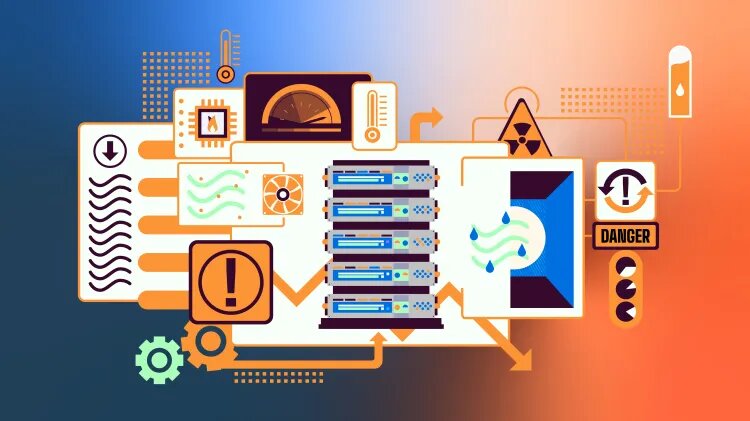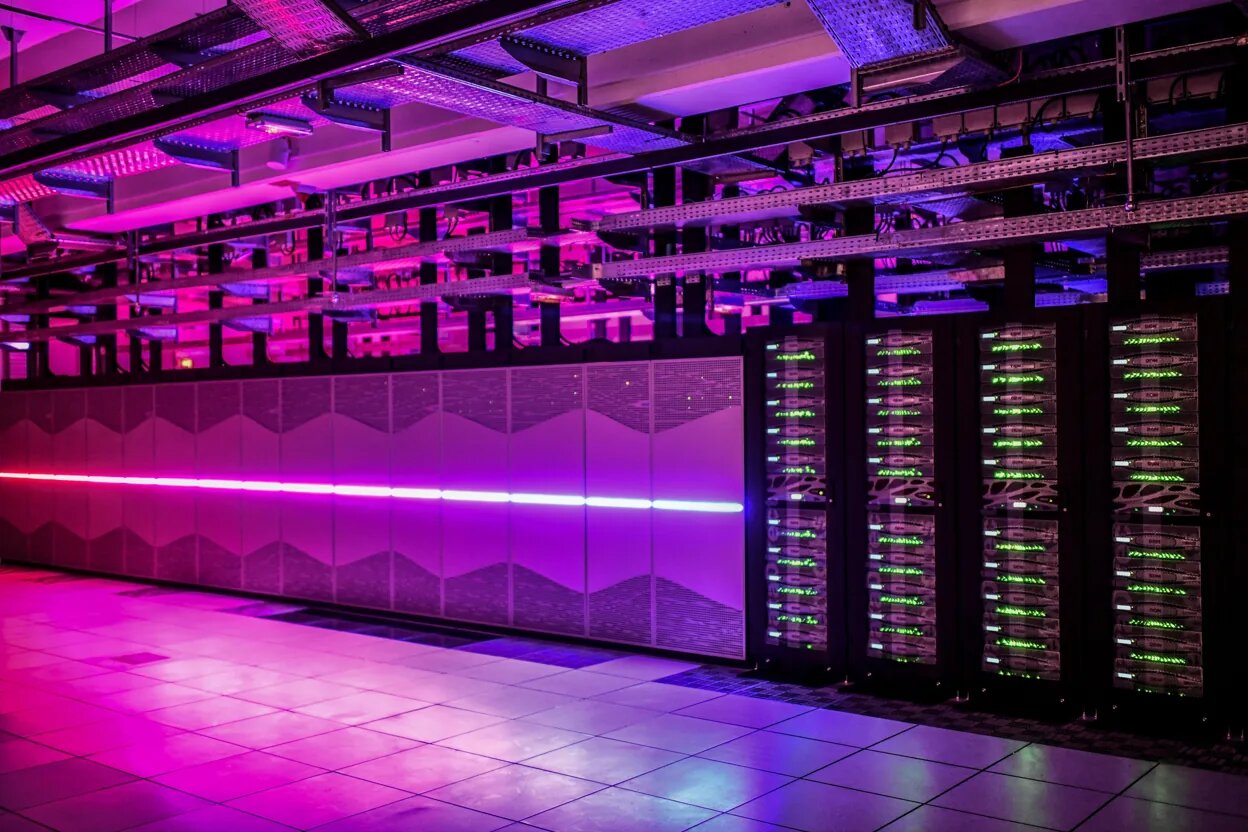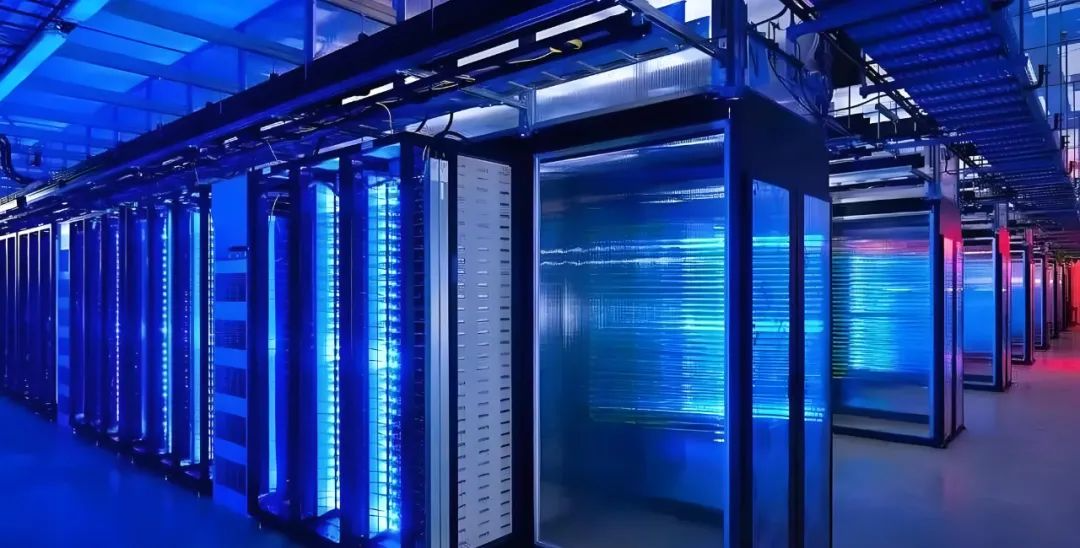
An overheated data center poses a critical risk, extending well beyond technical glitches to potentially catastrophic implications across various sectors. Beyond the immediate technical fallout, such as transaction delays or failures, the aftermath of an overheated data center can erode trust and disrupt the financial stability of an organization.
Any system relying on digital infrastructure stands compromised when servers fail due to excessive heat. It affects not only financial transactions but also essential services in healthcare, communication, and numerous other industries.
Combatting the Threat of Overheating

To mitigate the risks associated with overheating, data centers need to incorporate robust cooling systems. This includes everything from air conditioning units to state-of-the-art liquid cooling systems.
AiNET seamlessly integrates these cutting-edge cooling solutions to maintain an optimal and stable operational environment within its data centers.
The Threat of Overheating in Data Centers

On October 14, 2023, two major banks in Singapore, DBS and Citibank, experienced outages that disrupted online banking services for around two days. This had a significant impact on customers and vendors who rely on digital financial systems.
The Monetary Authority of Singapore (MAS) has confirmed that the root cause of these outages was a technical issue with the cooling system at Equinix, a data center used by both banks. This led to an increase in temperature above the optimal operating range, resulting in full or partial unavailability of online banking apps.
According to Minister Alvin Tan, the outages caused 810,000 failed attempts to access the platforms, and 2.5 million payment and ATM transactions could not be completed. This highlights the heavy reliance on digital financial systems in Singapore and the need for robust IT disaster recovery and business continuity plans.
Contractor Blamed for Data Center Cooling System Mishap

Equinix has reportedly blamed a contractor for incorrectly sending a signal to close valves from chilled water buffer tanks during a planned system upgrade. This mistake caused significant disruptions and left many questioning the reliability of the cooling system.
In response to the outage, both DBS and Citibank immediately activated their IT disaster recovery and business continuity plans. This swift action helped minimize the impact on customers, but it also raised concerns about the vulnerability of critical infrastructure such as data centers. AiNET, through its commitment to exceeding industry standards, invests continuously in robust infrastructure and cutting-edge failover mechanisms to ensure uninterrupted services, even in the face of unforeseen challenges.
Government Oversight and Business Preparedness for Disaster
Resilience

Overall, it is crucial for businesses to have robust disaster recovery plans in place to mitigate any potential disruptions. The Singapore government has also stated that it will be closely monitoring the situation. They will work with all parties involved to prevent similar incidents from occurring in the future.
The Role of Preventive Maintenance

Regular maintenance of cooling systems is crucial to prevent overheating. AiNET employs proactive monitoring systems that analyze environmental conditions within its data centers. These systems, utilizing advanced sensors and AI-driven algorithms, detect temperature variations, allowing for immediate corrective actions before issues escalate. This approach ensures a stable environment, effectively averting overheating concerns.
Conclusion
As technology continues to advance, businesses and service providers need to stay vigilant in protecting critical infrastructure and ensuring seamless operations for their customers. This incident serves as a valuable lesson that even the smallest oversight can have significant consequences in today’s digitalized world. If you want to find out more about Data Centers or similar content, please visit AiNET.
